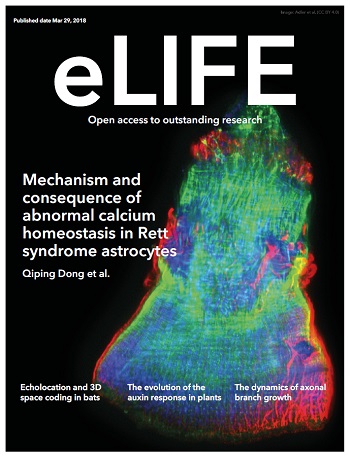植物如何挑选朋友。
IF 6.4
1区 生物学
Q1 BIOLOGY
引用次数: 0
摘要
一种名为RIN4的蛋白质在帮助大豆等豆类和根瘤菌建立互利关系方面发挥着核心作用。本文章由计算机程序翻译,如有差异,请以英文原文为准。
How plants pick their friends.
A protein called RIN4 has a central role in helping legumes such as soybean and the bacteria rhizobia to develop a mutually beneficial relationship.
求助全文
通过发布文献求助,成功后即可免费获取论文全文。
去求助
来源期刊

eLife
BIOLOGY-
CiteScore
12.90
自引率
3.90%
发文量
3122
审稿时长
17 weeks
期刊介绍:
eLife is a distinguished, not-for-profit, peer-reviewed open access scientific journal that specializes in the fields of biomedical and life sciences. eLife is known for its selective publication process, which includes a variety of article types such as:
Research Articles: Detailed reports of original research findings.
Short Reports: Concise presentations of significant findings that do not warrant a full-length research article.
Tools and Resources: Descriptions of new tools, technologies, or resources that facilitate scientific research.
Research Advances: Brief reports on significant scientific advancements that have immediate implications for the field.
Scientific Correspondence: Short communications that comment on or provide additional information related to published articles.
Review Articles: Comprehensive overviews of a specific topic or field within the life sciences.
 求助内容:
求助内容: 应助结果提醒方式:
应助结果提醒方式:


